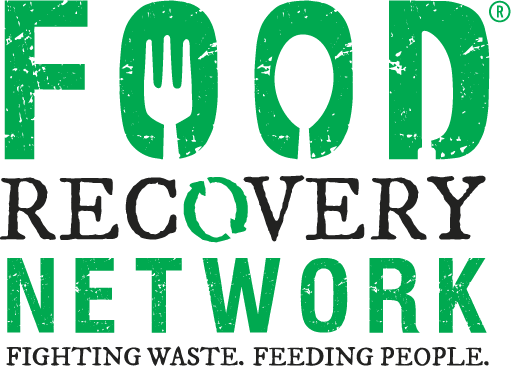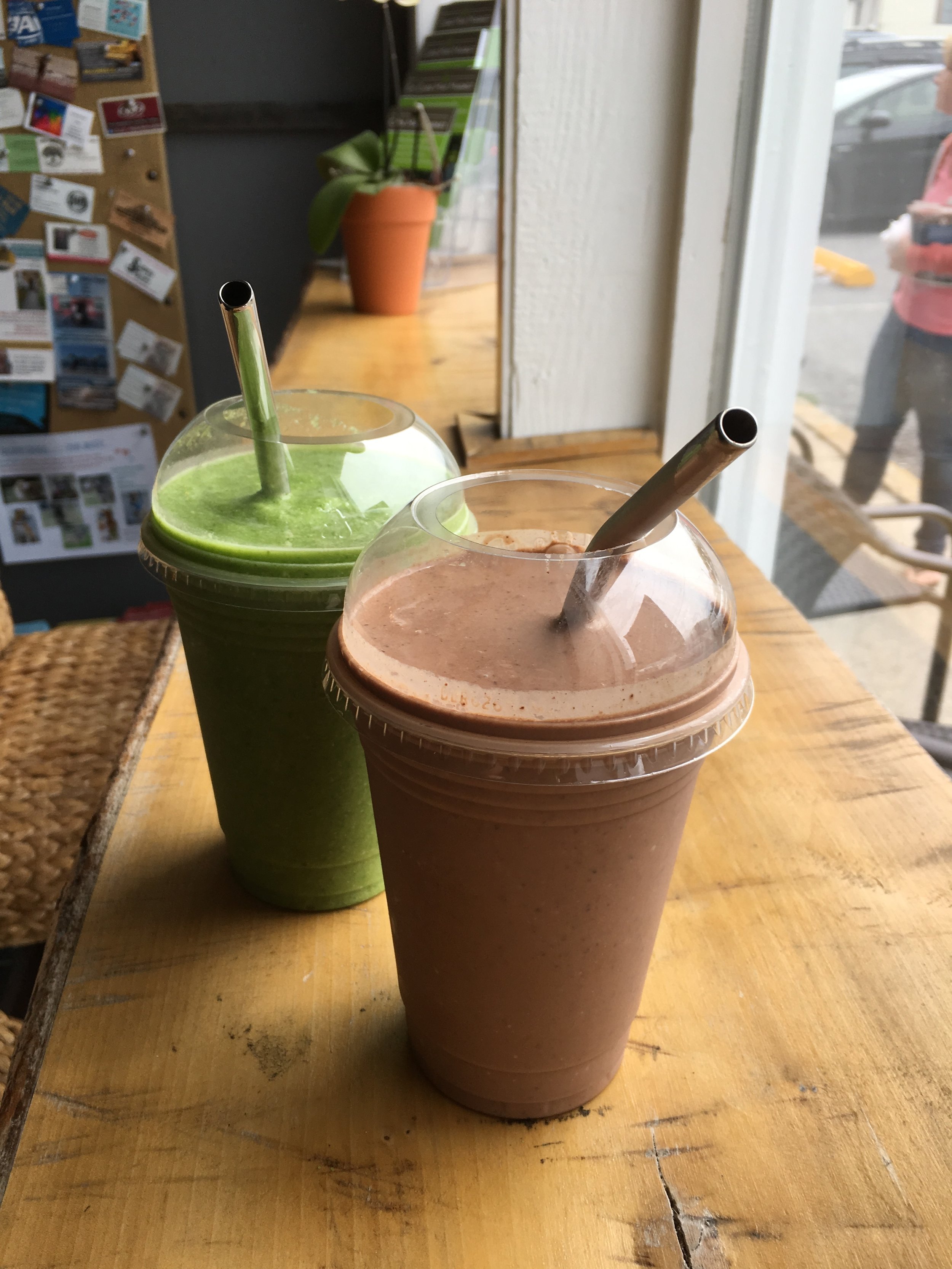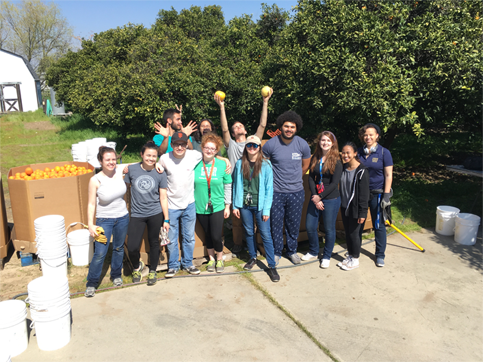Week 3 and I am hitting my stride. I hope that you are considering what types of disposable items you could attempt to give up/minimize for your own challenge. Lessons learned are:
Be prepared at all times. This became critical to my success as I added more items to the challenge. And you know what? It isn’t easy. I have to say, I struggled a bit once I added the utensils. All of a sudden I felt like I was carrying a lot of stuff , that I had to remember lots of bits and pieces, and I had to attempt to plan my day to see if I needed additional items. I think this is where most of us struggle. We use disposables because they are convenient! I had to remind myself that small, consistent actions have transformative effects. Each time I succeeded mattered because it kept the momentum going and kept me from sending a piece trash to the landfill.
My solution was to create my own “preparedness pouch.” Using the pouch made it much easier to throw the needed items into my bag and go. I selected a plastic one because it made it easier to deal with the dirty/wet utensils. You could use a cloth one and throw it in the wash for double points. I do laundry about once a week so having a pouch I could clean quickly each day was a priority. I chose a bright color so that it would jump out at me if it was sitting on my counter.
My "preparedness pouch" makes it easy to keep all my zero-waste necessities with me at all times and helps me stay ready for any impromptu waste-generating activities.
Finding the right napkin can be tricky. In my effort to not bulk up my already heavy bags, I didn’t want to carry around a full sized linen napkin. So I improvised and used a handkerchief that was part of the packaging for a bottle of perfume. The handkerchief was thin and I could slip it into my pocket (this is before I got the pouch) and it didn’t make the pouch bulky once I added it.
There are lots of utensil options. You can see in my pouch I carry a separate fork, spoon, and knife. I did find a metal spork in my silverware drawer and used it for a few days. But I found that I often needed a specific type of utensil or I needed to plan my meals accordingly. Eating angel-hair pasta with only a spork tends to be messy. The version with the knife on one end was also tricky because I needed to cut the piece of food and hold it still. My fingers came in handy for that situation but I ended up needing to use my cloth napkin more. Try different utensils until you find the one that suits your carrying threshold and your typical food selection.
Please note: There will be a day that you forget your utensils. And so you think that you will be crafty and buy a sandwich = no utensils. Until you realize that the sandwich was super messy and your handkerchief isn’t all that absorbent for the squishy goodness and you end up using paper napkins to make up the difference. It happens to best food waste warrior.
Becoming a waste warrior means spreading the good word of zero waste to others too! My office is now one step closer to being zero waste after we swapped this plastic cutlery for reusable silverware.
You can encourage others. The first day after I began the plastic utensils challenge, I walked into work and for the first time noted the availability of plasticware. I have my own set of silverware and plates at the office, so I didn’t take much notice before. I shared with my co-workers that I was doing this challenge and I put the disposables in a cabinet instead. Now 11 people were less likely to use a plastic fork than before. One of my co-workers replenished the office silverware drawer to help support the effort and we are back to using silverware as a team. Think of easy ways you can help you own office or school go waste- less.
This week’s new challenge items are disposable containers. This is a broad category so I am starting with food containers such as take away containers, plastic food packaging, and disposable cups.













